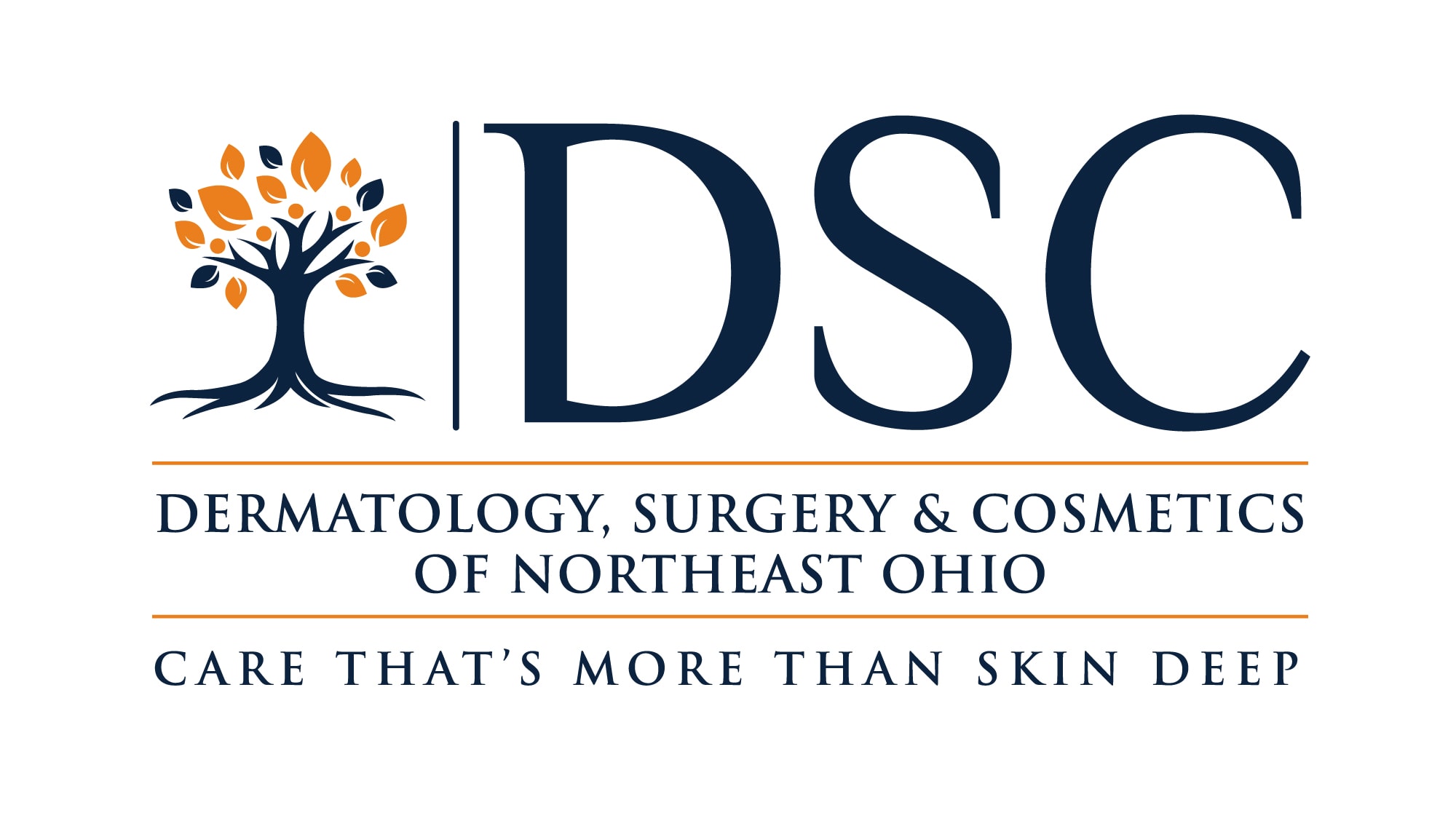General Dermatology
Acne
Acne, in a sense, is genetic. Yes, there are things that contribute to acne but it’s truly the type of skin you have structurally that depends on the type of acne you will have. Acne is caused by a common bacteria, Proprionibacterium acnes (P.acnes) that thrives on oily skin. It’s important to wash your face twice daily to eliminate the buildup of bacteria, sebum (oil), and dead skin cells. It’s best to use warm water with a soft cloth in circular motions and avoid scrubbing aggressively.
Warts
Warts are caused by various strains of the human papillomavirus. Different strains may cause warts in different parts of the body. Warts can be spread from one location on the body to another or from person to person by contact with the virus. The main symptom is a fleshy, painless growth on the skin. Common areas affected include the hands, feet, and genitals. Treatment may include topical medications and removal or destruction through medical procedures.
Eczema
Eczema is a condition where patches of skin become red, inflamed, itchy, cracked, rough, and sometimes form blisters. The specific cause of eczema remains unknown but results in the skin cells not being tightly held together, allowing increased evaporation of moisture and deeper penetration of chemicals. There is no cure for eczema but numerous treatments are available.
Psoriasis
Psoriasis is a non-contagious, chronic autoimmune disease that mainly affects the skin but can also affect nails and joints. A reddish, scaly rash is commonly found over the surfaces of the scalp, around or in the ears, the elbows, knees, navel, genitals, and buttocks. Experts are not sure what causes psoriasis. Most believe there is a genetic component that can be triggered by a prolonged injury to the skin. Psoriasis is a chronic condition. Some people have periods with no symptoms, while others live with signs and symptoms all the time. For some people, psoriasis can be seriously disabling. Even though there is no cure for psoriasis, there are numerous advancements in treatment.
Nails/Hair
Hair and nail issues are dermatologic issues and can usually be treated. Both hair and nails are an extension of keratin, which is a protein that lines the outermost part of our skin. Nail and hair conditions can be complicated and slow to resolve.
Rashes
A rash indicates an abnormal change in skin color or texture. Rashes are usually caused by skin inflammation, which can have many causes. Depending on your type of rash, a biopsy might be required.
Foot Care
Avoid foot problems such as athlete’s foot, toenail fungus, and stinky feet with a few tips. It’s best to always wear swim shoes or flip-flops while at the local pool. Wash and dry between your toes daily and keep toenails clipped. Take care of your feet–you depend on them!
Preventative Skin Care
Proper sun protection is essential to preventing skin cancer, premature wrinkling and hyperpigmentation. A sun protection factor (SPF) of 30 or higher is recommended for daily use to exposed skin. Other protective gear like hats and sunglasses can be added in when appropriate. Monthly self-skin exams can easily be done at home after your bath or shower. As you’re toweling off, take a look around and if you notice any new or changing moles or lesions, any non-healing wounds, it’s important to have those areas checked. A once-yearly full skin exam is an important way to prevent and/or diagnose skin cancers at an early stage.
